Make it an experiment
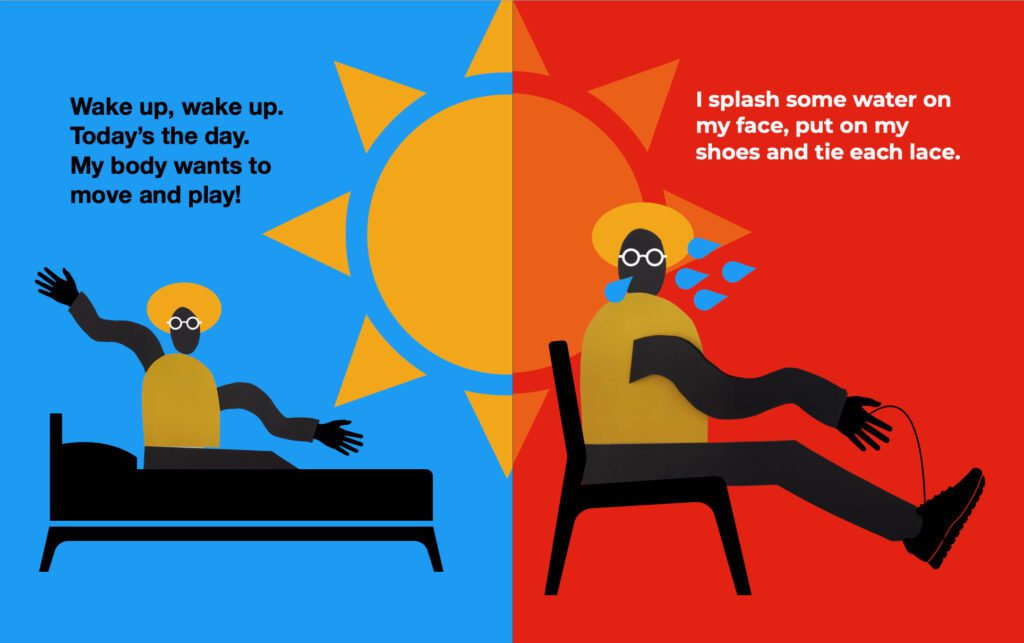
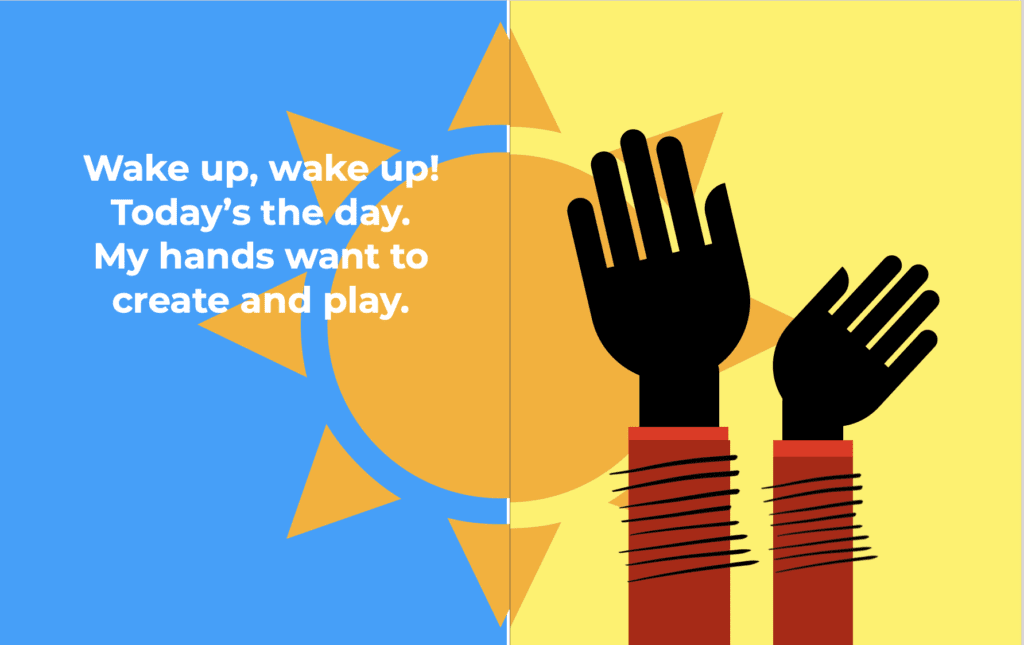

I’m working on at least 5 “experiments” at any given time. I may be experimenting with propagating plants, planning illustrations for a new book, testing a new marketing idea, and exploring new ways to engage online students. You might call them projects on things on your to-do list. I call them experiments.
Experimenting implies that you will learn something no matter the outcome and gives permission to “fail.” So often, we don’t start a project because we aren’t sure how it will end; instead of not creating it, we run an experiment and see what happens. It’s a simple mindset shift that makes a significant impact.
How to set up an experiment
- Ask a question
- Research
- Test
- Analyze
- Continue moving through the cycle
Example:
- Can I make a book about art/weaving mirrored off of The Body Book?
- I spent time reviewing The Body Book’s structure and started swapping words related to art and weaving instead of movement.
- I spent time writing a draft of what would become The Weaving Book.
- Ask for feedback: I had my brother, the author of The Body Book, review and provide feedback, as well as our editor. I’ve shared some of the notes and edits below. I continued through this cycle a few times until arriving at a story that answered my question.
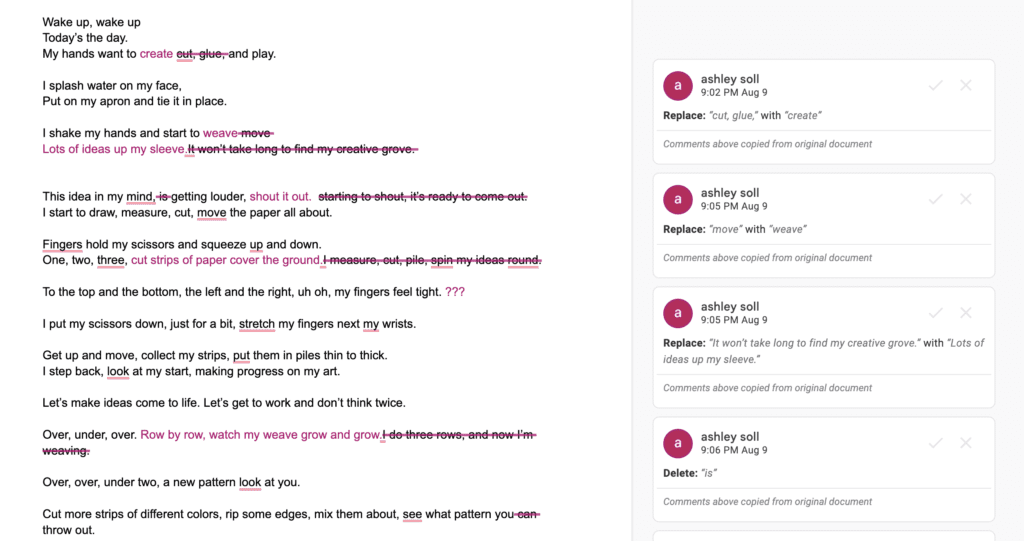

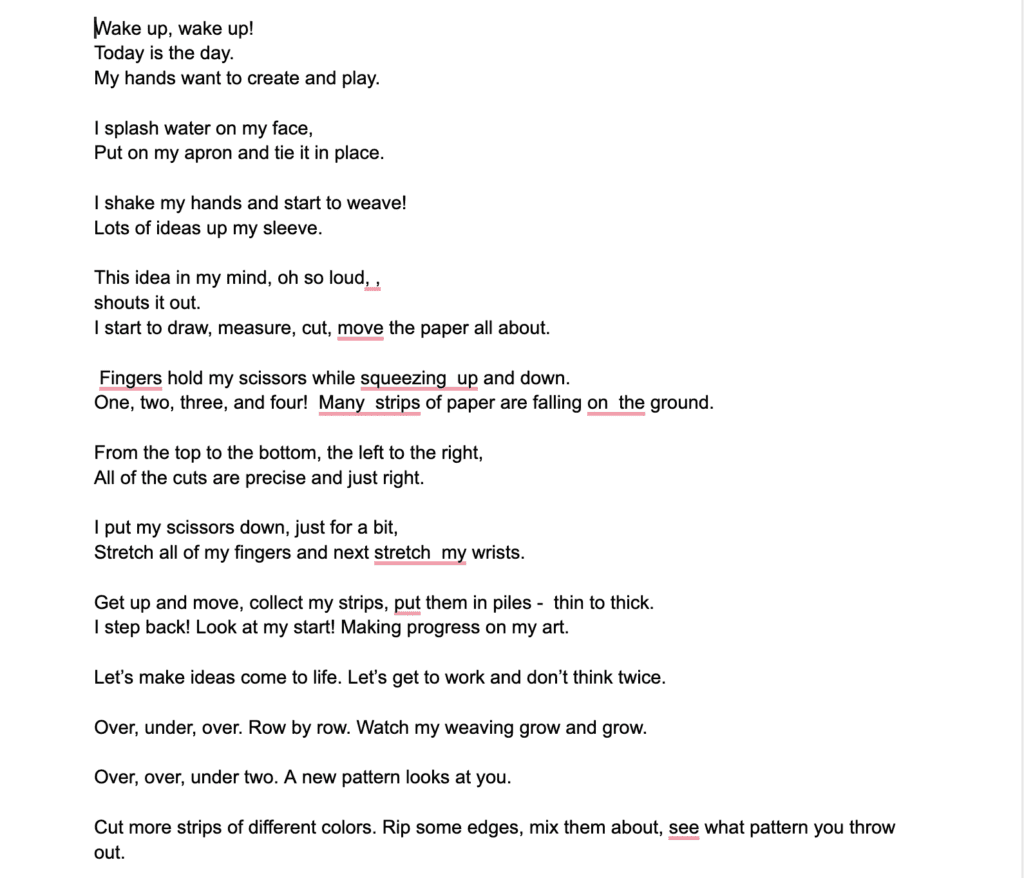

We talked about the importance of experimenting and now I want to give you one other trick that can make it easier to bring more of your ideas to life.
Carry Over Ideas
Often, we think that we have to have a new idea each time we create. However, if you study artists and designers throughout history, you’ll find bodies of work. You’ll see similar subject matter, color selection, composition, and more. That’s because they’re applying what I call carry-over ideas.
As you create multiple pieces, take baby steps from one to the next, not giant leaps.
Start by looking at the last piece you created. If you strongly dislike the previous piece, select a different one. Take inventory and reflect on the following questions.
- What mediums did you use?
- What techniques were explored?
- What is the subject matter or concept behind the piece?
- What is the color scheme?
- Describe the style.
- What is your favorite thing about the piece, be specific.
- What’s your least favorite thing about the piece, be specific.
Once you’ve answered the above questions, it’s time to take those answers and use them to guide your next piece. Commit to not repeating the things that you don’t like about your piece, and consider how to repeat what you love in the following work of art or story that you create.
In the example above, I liked the rhythm of The Body Book, but I wanted to create a book about one of my favorite things, weaving. So I worked to keep a similar structure but adjust the words and focus of the story.
After drafting the words, it was time to create the images. Since The Weaving Book and The Body Book are a series, the images needed to appear similar, so I applied the process of carry-over ideas again. What were the key elements that I wanted to keep the same?



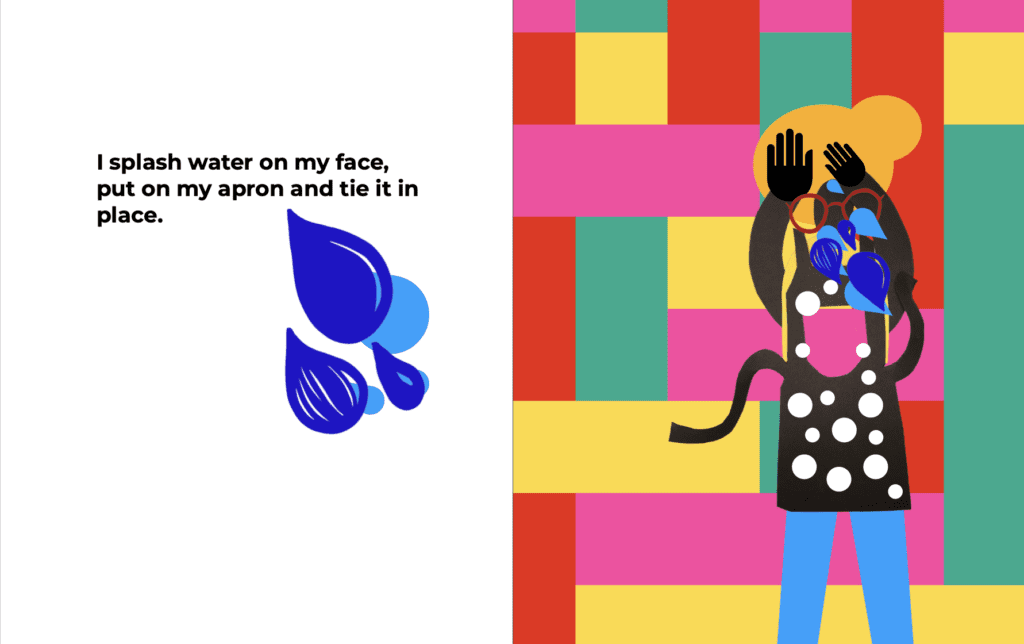

- I kept the style of the figure the same, but I didn’t want the figure to appear as often in The Weaving book, instead, I wanted it to focus on the hands.
- The materials and process to create the images worked well when creating The Body Book, so that was another carry-over idea.
- The Body Book had a lot of pages that were one solid background color, because The Weaving Book was about patterns, I wanted to swap solid colors for patterns.
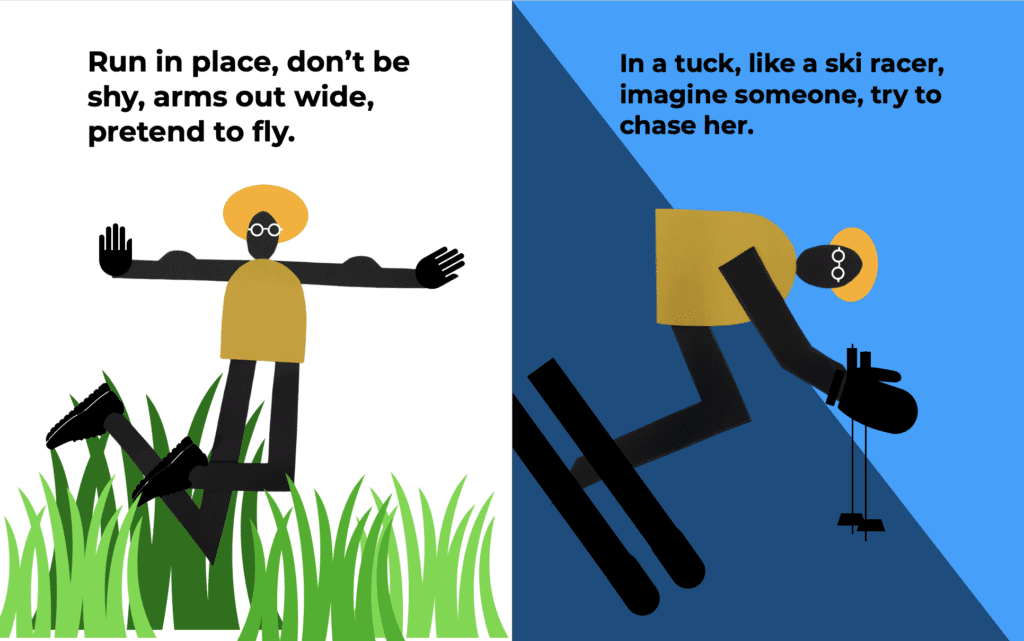

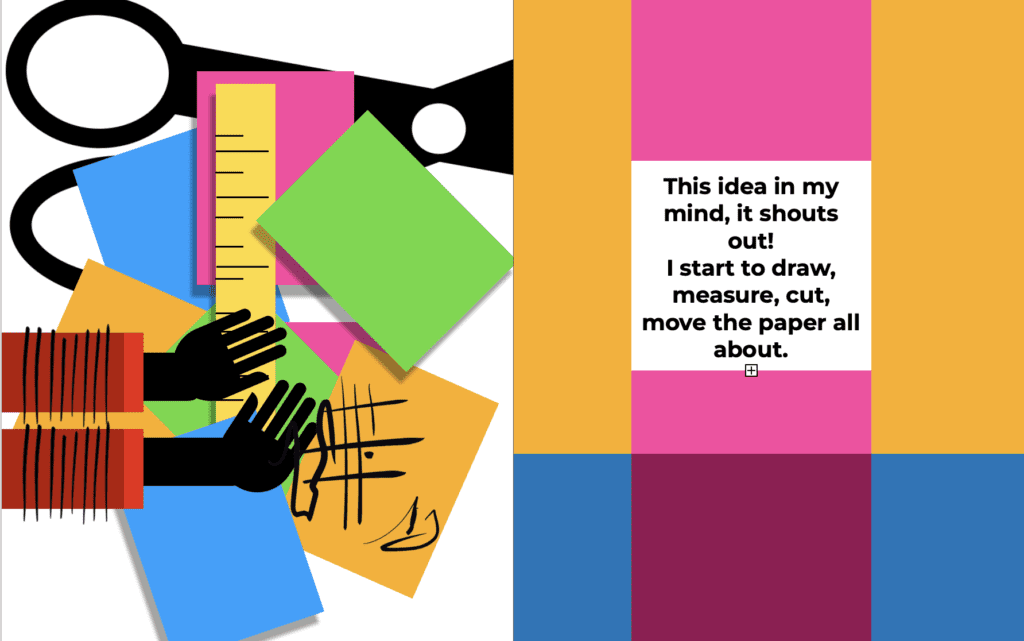

The goal of the process is to provide you with a formula that helps you to reflect and move forward.
Ignore the desire to change EVERYTHING each time that you create a new piece, and instead decide what you want to carry over, what you want to copy, and what you want to leave behind.
Carry-over ideas not only help you to develop your work faster, but it also helps you to develop and demonstrate a personal voice and personal aesthetic.
What project are you working on and how can you make it easier by learning from and copying paste projects?